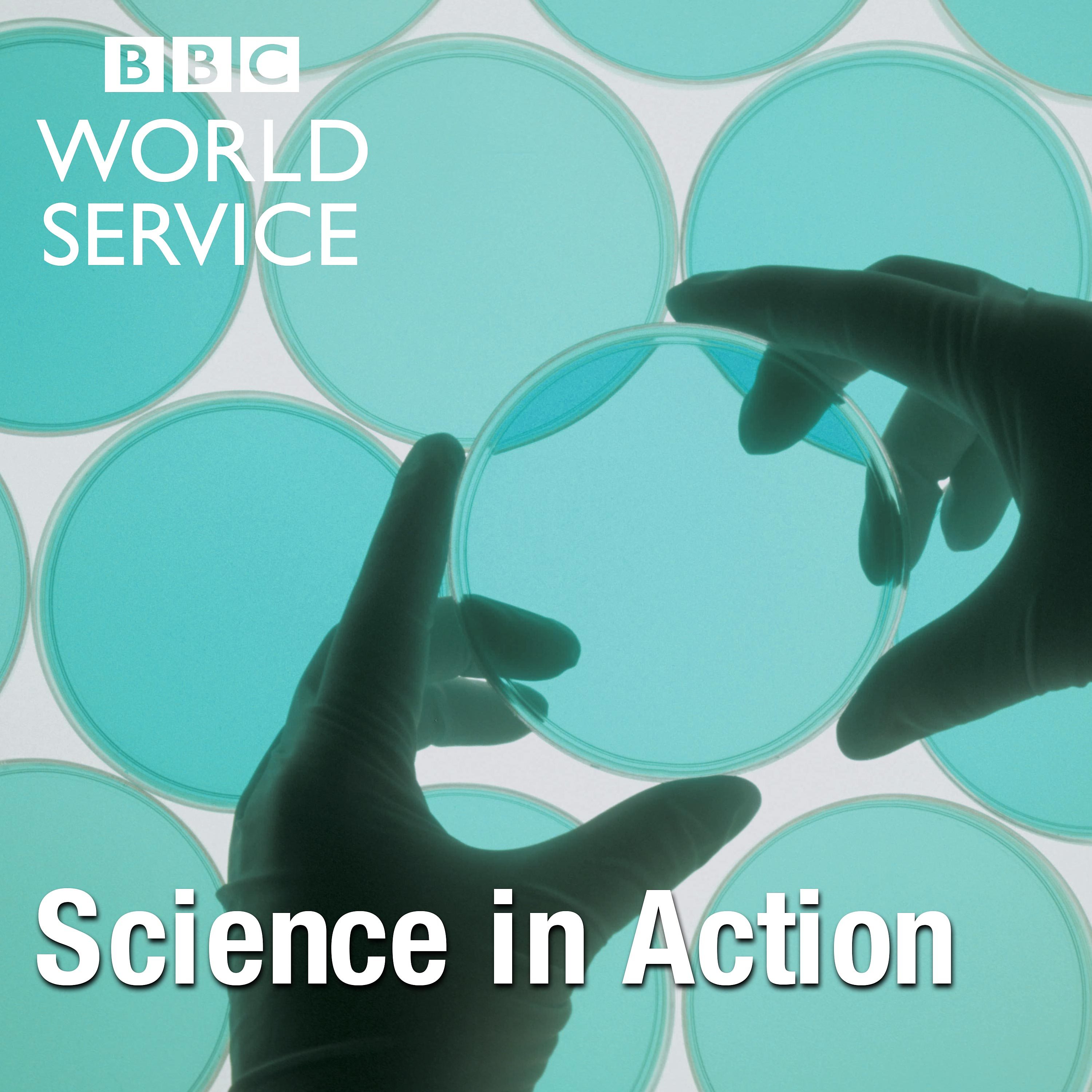
Science In Action
Feb 13, 2025
This week the recently spotted asteroid 2024 YR4 had its odds of missing us “spectacularly” slashed by 1 percentage point. Still nothing to worry about maintains Patrick Michel of the International Asteroid Warning Network, and he expects that with better tracking data in the next few months (even courtesy of the JWST) that tiny chance of collision will fall further. However, as he explains, it’s very comforting to know that we now have such a sophisticated tracking network, and even better, thanks to NASA’s DART mission, even a demonstrable method for doing something about it if the numbers go the other way…
But other extraterrestrial bombardments are harder to detect at all. This week scientists of the KM3NeT collaboration report in the journal Nature their detection of the most energetic neutrino ever noticed. Almost countless numbers travel through the earth – and us – every second, but this little beauty arrived from deep space, plummeting through hundreds of miles of rock and sea (via Malta) to collide with a single molecule of water in the Mediterranean sea. As Paschal Coyle of Aix Marseille University happens to run a cubic kilometre of neutrino observatory in that area explains their huge instrument was barely begun when the record breaker smashed through the area in February 2023.
Finally, years of breeding rice cultivars for higher yield may have subtly changed the plants relationship with the microbes in the paddies in which they grow, inadvertently boosting the amount of methane released into our atmosphere. New research, including 3 years of field trials in China have produced a new cultivar, breeding in some of the older stocks, with just as high yields yet up to 70 percent lower methane released. This could make a serious difference to global methane emissions, as Microbiologist Anna Schnürer of Uppsala BioCenter in Sweden describes.
Presenter: Roland Pease Producer: Alex Mansfield Production Coordinator: Josie Hardy
(Photo: Asteroid 2024 YR4 as observed by the Magdalena Ridge 2.4m telescope Credit: AFP/NASA/New Mexico Institute of Technology)

